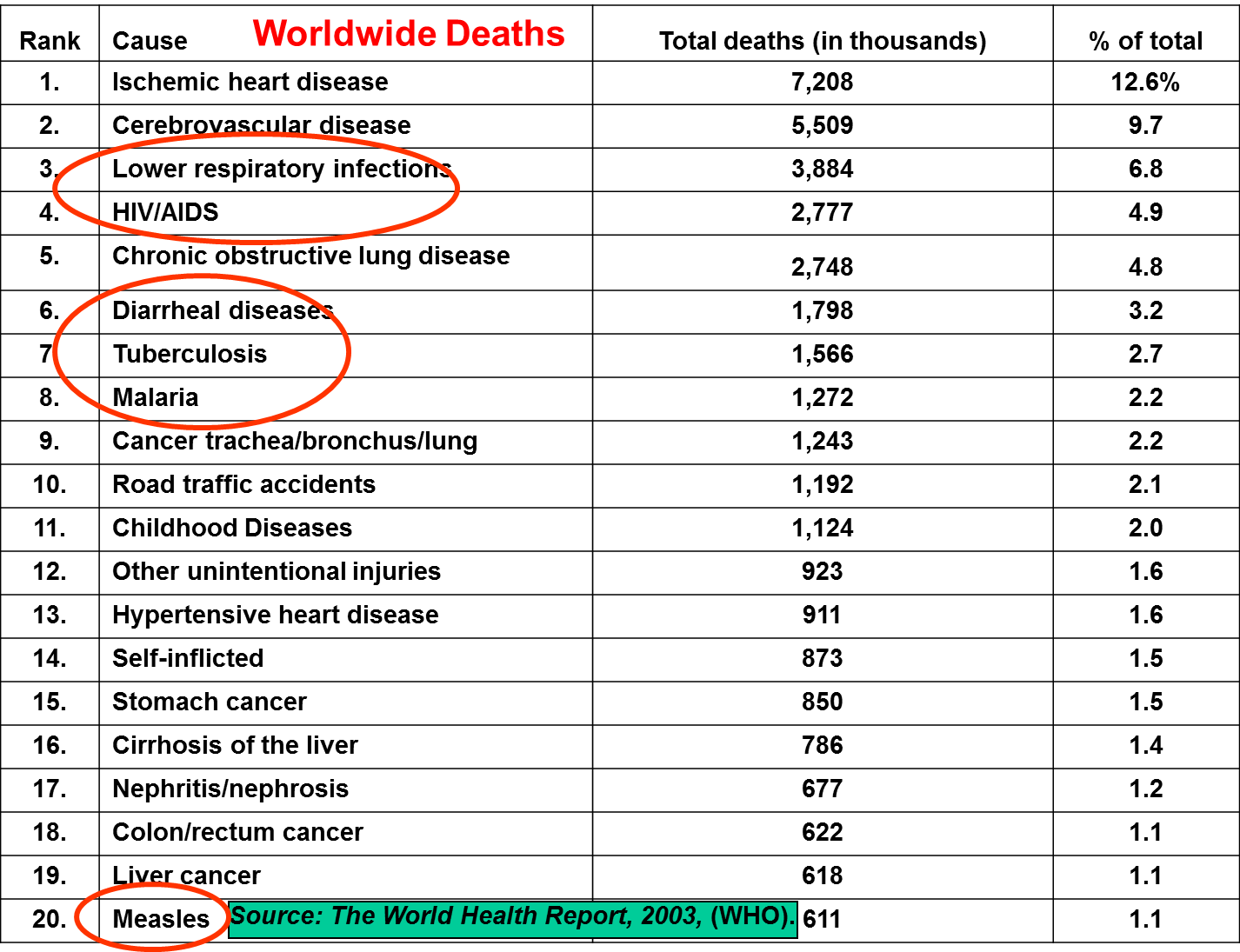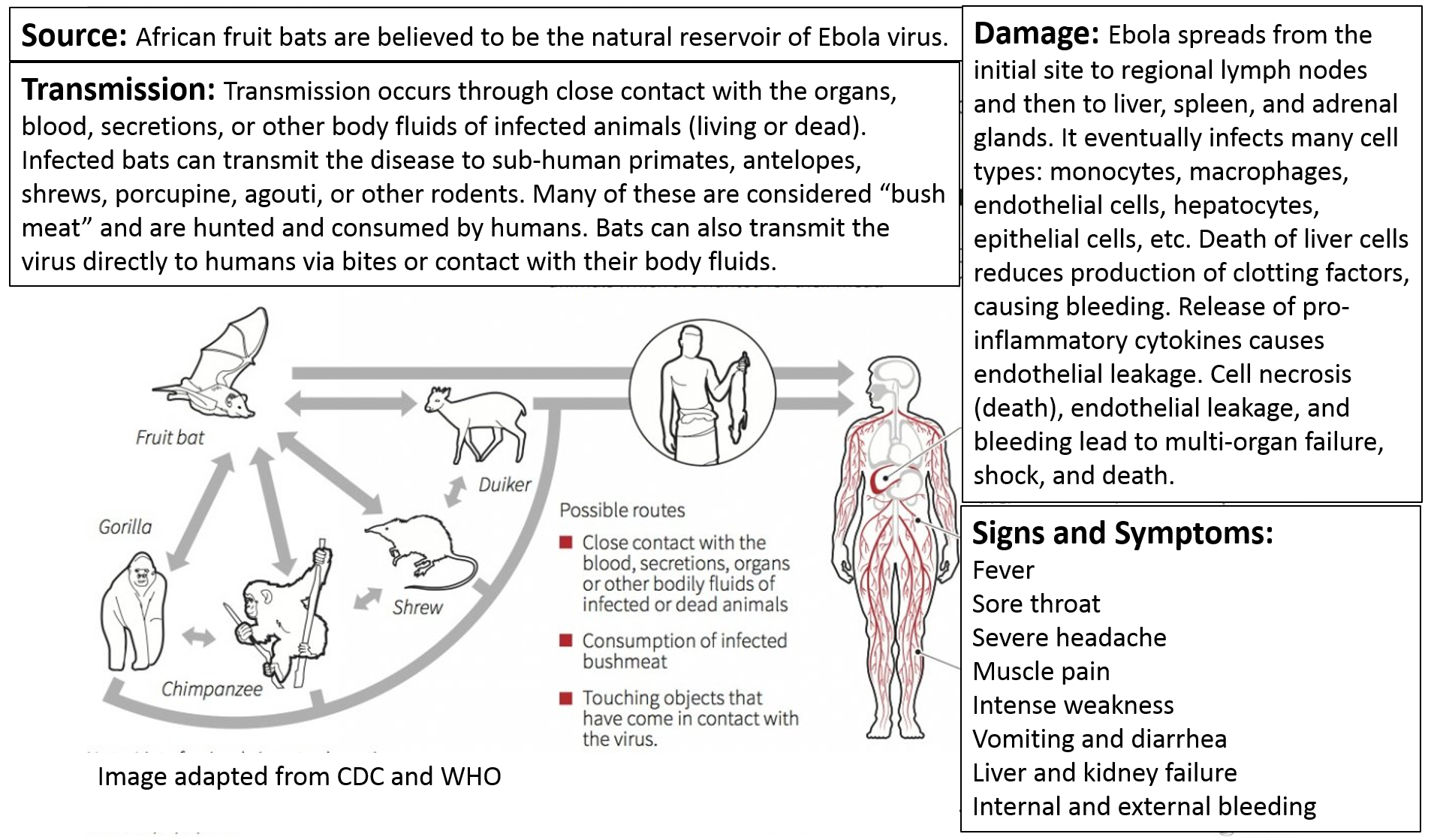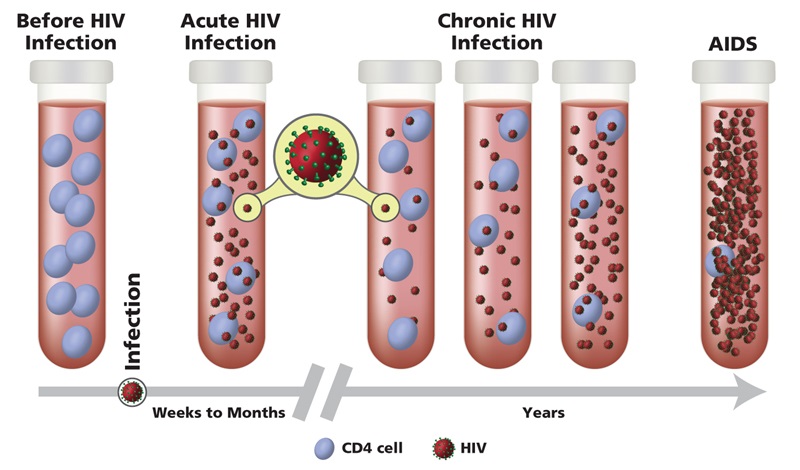Fluids Known to Transmit Hiv Include All the Following Except
Conception in an infected woman. You can get or transmit HIV only through specific activities.

Transmission Of Infectious Disease
HIV isnt like a cold or flu virus.

. HIV is found in blood semen genital fluids and breast milk and when a person is infected depositing any of them in someone elses body can infect that person. The DOH shall likewise issue guidelines on the handling and disposition of cadavers body fluids or wastes of persons known or believed to be HIV-positive. Other body fluids also considered potentially infectious but lower risk than blood or visibly bloody fluids include semen vaginal fluids and fluids found in normally sterile areas of the body cerebrospinal synovial pleural pericardial peritoneal and amniotic.
These items are collectively known as OPIMs which include. Cerebrospinal fluid fluid surrounding the brain and spinal cord Synovial fluid fluid surrounding bone joints Pleural. The AIDS virus or HIV Human Immunodeficiency Virus can be transmitted through sharing of contaminated needles by intravenous drug users.
This effective salivary defense may be applicable medically to interdict vaginal rectal and oral transmission of HIV by infected cells in seminal fluid or milk by the use of anticellular substances. It can only be transmitted when certain fluids from an HIV-positive person move directly into the bloodstream or through mucous membranes of an. The risk of exposure to BBPs is possible only when blood is visibly present in the bodily fluid.
Donation of blood tissue sperm or ova. Sharing of injection equipment during nonmedical injection drug use. Which body fluids that can potentially transmit HIV infection.
This section answers some of the most common questions about the risk of HIV transmission for different types of sex injection. Semen cum and pre-seminal fluid. Blood semen cum pre-seminal fluid pre-cum rectal fluids vaginal fluids and.
Semen vaginal secretions cerebrospinal fluid synovial fluid pleural fluid pericardial fluid peritoneal fluid amniotic fluid saliva in dental procedures any body fluid that is visibly contaminated with blood and all body fluids in situations where it is difficult or impossible to differentiate between body fluids. What are three body fluids through which HIV is known to be transmitted. In our business which includes all off-site work locations as well as the shop company name has begun the practice of universal precautions As a result all human blood and bodily fluids are treated as though they are known to be infected with Hepatitis B Virus HBV Human Immunodeficiency Virus HIV and other bloodborne pathogens.
Which of the following can transmit HIV. None of these can transmit HIV 3. Some factors that may increase the risk of HIV transmission through oral sex include.
How Do You Get or Transmit HIV. Activities which can transmit HIV include sexual intercourse. Epidemiologic studies in the health-care and community setting are currently inadequate to assess the potential risk to health-care.
Coughing sneezing b. Oral sex is a less common way to transmit HIV. Implications for the known oral HIV transmission by milk and seminal fluid as well as potential oral transmission to contacts and health care workers are considered.
Most people who get HIV get it through anal or vaginal sex or sharing needles syringes or other drug injection equipment for example cookers. The necessary protective equipment such as gloves goggles and gowns shall be made available to all physicians and health care providers and similarly exposed personnel at all times. HIV passes between people through blood and certain other body fluids including semen pre-seminal fluid rectal fluids vaginal fluids and breast milk.
Blood contains the highest concentration of the virus followed closely by semen followed by vaginal fluids. Universal precautions also apply to tissues and to the following fluids. You can only get HIV by coming into direct contact with certain body fluids from a person with HIV who has a detectable viral load.
Treating all bodily fluids as though they are infected is known as infectious precautions. The following human body fluids. Only certain body fluids from a person who has HIV can transmit HIV.
Cerebrospinal fluid CSF synovial fluid pleural fluid peritoneal fluid pericardial fluid and amniotic fluid. The risk of transmission of HIV and HBV from these fluids is unknown. Only certain body fluids from a person who has HIV can transmit HIV.
Blood semen vaginalcervical secretions. Semen cum Pre-seminal fluid pre-cum Rectal fluids. Sharing public toilets e.
But there are powerful tools that can help prevent HIV transmission. Sharing cups glasses plates forks f. OPIM includes all of the following.
For transmission to occur HIV present in these fluids must get into the bloodstream through a mucous membrane found in the rectum vagina penis and mouth open cuts or sores or by direct injection. None of the above all of these can transmit HIV 2. Can HIV infections therefore be transmitted by bloodsucking insects such as biting flies mosquitoes and bedbugs.
True or False. HIV is not spread easily. HIV and HBV cannot be transmitted when infected bodily fluids directly contact the eyes or nonintact skin.
The conditions necessary for successful transmission of HIV through insect bites and. Most commonly people get or transmit HIV through sexual behaviors and needle or syringe use. These are the three basic fluids that.

Pep To Prevent Hiv Infection Aids Institute Clinical Guidelines

Chapter 3 Site Design And Stormwater Management Integration Philadelphia Water Stormwater Plan Review

Transmission Of Infectious Disease

Pep To Prevent Hiv Infection Aids Institute Clinical Guidelines

Fact Sheets In Category Hivinfo Nih

Pep To Prevent Hiv Infection Aids Institute Clinical Guidelines

Pep To Prevent Hiv Infection Aids Institute Clinical Guidelines
/hiv-transmission-5086570-Final-13ee7bc434564d2cbab3a3734327ef0c.jpg)
Comments
Post a Comment